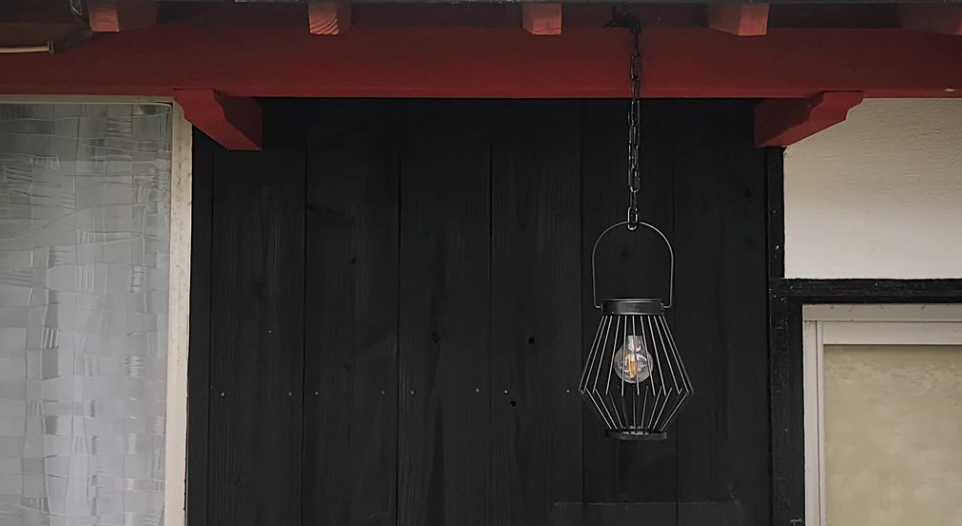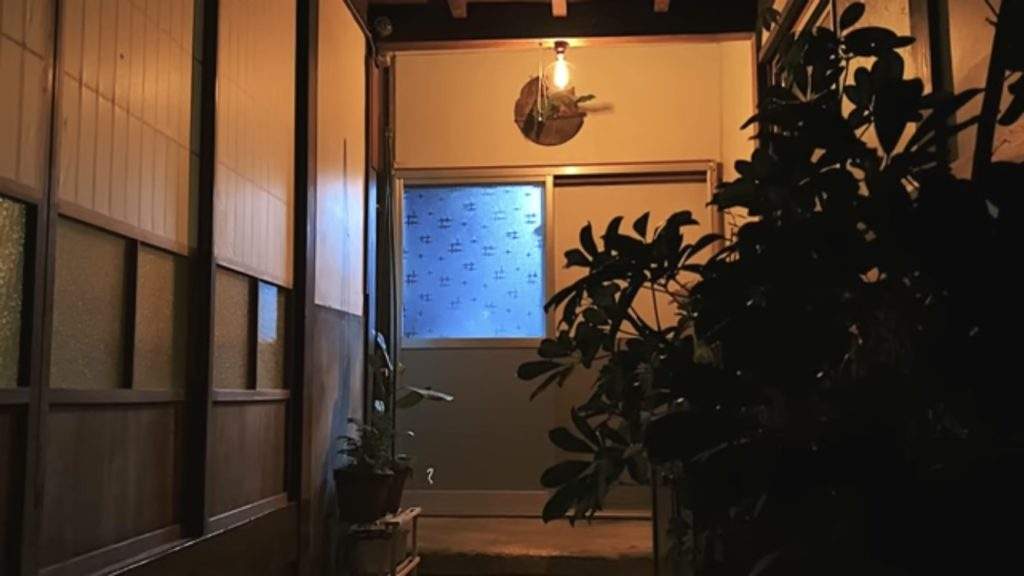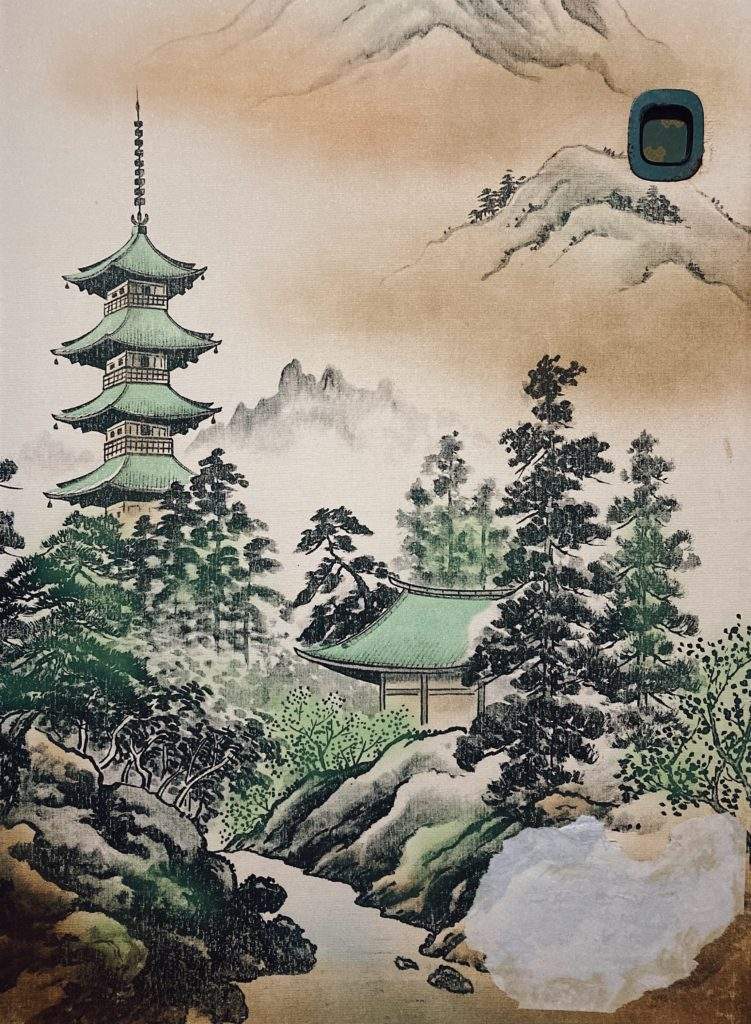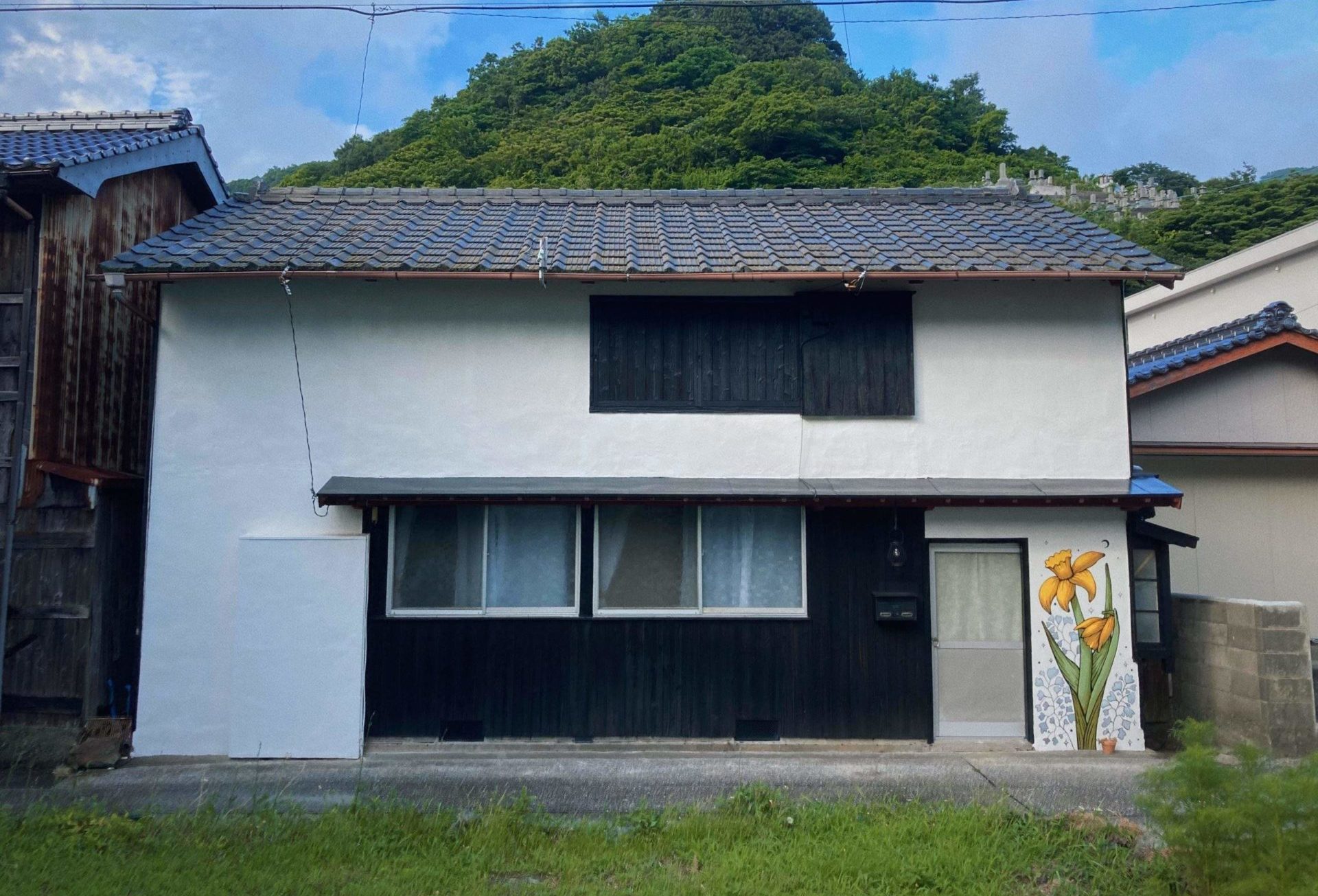Here is the first video walkthrough tour of my akiya house in rural Japan.
Life has been pretty hectic recently. I’m moving from this akiya to another one, leaving my day job, getting my independent online work rolling and and getting married all in the same month.
Regardless, I’m very happy to recently get connected with Business Insider. They included my profile in a recent article about expat life, Americans are moving to Japan for it’s affordability and safety. I’m not the only foreigner in Japan who loves the healthcare system here, apparently!
An akiya update from rural Japan.
Due to the fact that I am soon marrying a Japanese gardener who maintains some orchards in the mountains, there will be some living situation changes… more updates on that soon. Don’t worry! We will still have a truly inaka lifestyle. But I figured it would be a great time to post some updated interior pics of my house while it is still in it’s cozy current state!
I hired a local painter to paint the entire exterior. The stucco exterior had been painted once before already. It got updated from a dull peachy color to white, reminiscent of shikkui plaster. My coworker once called shikkui houses “big chalk boxes.”
I painted a big yellow daffodil as a gesture of friendliness towards my neighbors.
The act of painting the mural was a great ice breaker.
It was a positive conversation starter. As I was painting, people would walk by and we enjoyed chatting together.

Besides the daffodil, I wanted to keep things pretty minimal. I opted to color-block accessories in front of the black siding so they don’t stick out like awkward barnacles. This black metal mailbox fit the bill. I’ve been pretty happy with it so far, but be warned that a black finish will show dust easily.
I was planning on replacing the siding with a specialty yaki-sugi (charred cedar) siding, but my grandpa painter friend decided it would be best if he painted the existing siding. I was shocked that he took that initiative without checking in about the idea first. Is that how it is in the countryside? *nervous giggle* Luckily it looks ok.

I got an LED lantern online similar to this one. The edison-style bulb isn’t super functional, but it gives the street a bit of life after sunset – a welcome quality for a depopulated town.
At first, I thought the entry way was going to need a lot of work.

As it turns out, the interior finishes that were neutral in color were actually very comfortable to live with. I’m glad I didn’t show up with a wrecking ball mentality.
This home didn’t need renovation as much as I thought it would.
Cleaning, nesting, and good intention go a long way.

Pictured: Splurge-worthy Aladdin BF3911-G kerosene stove, in green finish.
A showa-era eclectic kominka in the japanese countryside.
I just didn’t understand the house yet. What do you think of when I say Traditional Japanese House? You probably don’t think of the 70’s. This house blends some very interesting nuanced influences – Showa-era flavor (complete with glitter mineral walls and sputnik-esque pressed glass patterns), old traditional materials such as shoji rice paper doors and tatami floors, and the quiet, modest vision of the original architectural designer.

Some of the aspects that first confused me are now the details I cherish the most. As a former certified interior designer schooled in western design principals and some strong aesthetic opinions, this place threw me off guard. Having previously designed new-construction hospitals, libraries, schools, etc., my mind operated in visual harmony formulas. But this house, I tell you! All my formulas be damned! So many wood colors, and so many textures. And yet, it’s maybe the most authentic house I’ve ever had the privilege to call home.
Read More → Intro to Akiyas, Kominkas, and Old Houses in Japan
A moody moment at the landing at the 2nd level landing.

Not the akiya renovation project I expected.
Naïve me imagined rolling around the Japanese Countryside in a kei truck, hunting vintage stores for the perfect antique Japanese furniture finds. I’ve since learned that countryside houses don’t need so much furniture. If it’s a traditional house with tatami mat floors like this one, you can live on the floor.
And to my confusion and delight, this big old house doesn’t need any more stuff in it. I’m realizing a lot about the messages I’ve internalized about aspiration, consumerism, and the industry of never-ending improvement.
Welcome to Besenii Cafe.
My inaka lifestyle.

Last year, I was able to harvest peanuts from the backyard bed (shown above on the left side). As beans and peanuts are nitrogen-fixing, I figures it would be a nice way to start off some healthy soil rhythms. Also, there is only super sweet peanut butter at the stores near me. I wanted an unsweet peanut butter, so I ended up growing it myself!
Watch → Reclaiming an Abandoned Garden in Japan
But I tell ‘ya.
I’ve got a crab for a neighbor! 😉


That’s all for now. I’ll be back soon for more big news from the inaka! 🙂 -B








